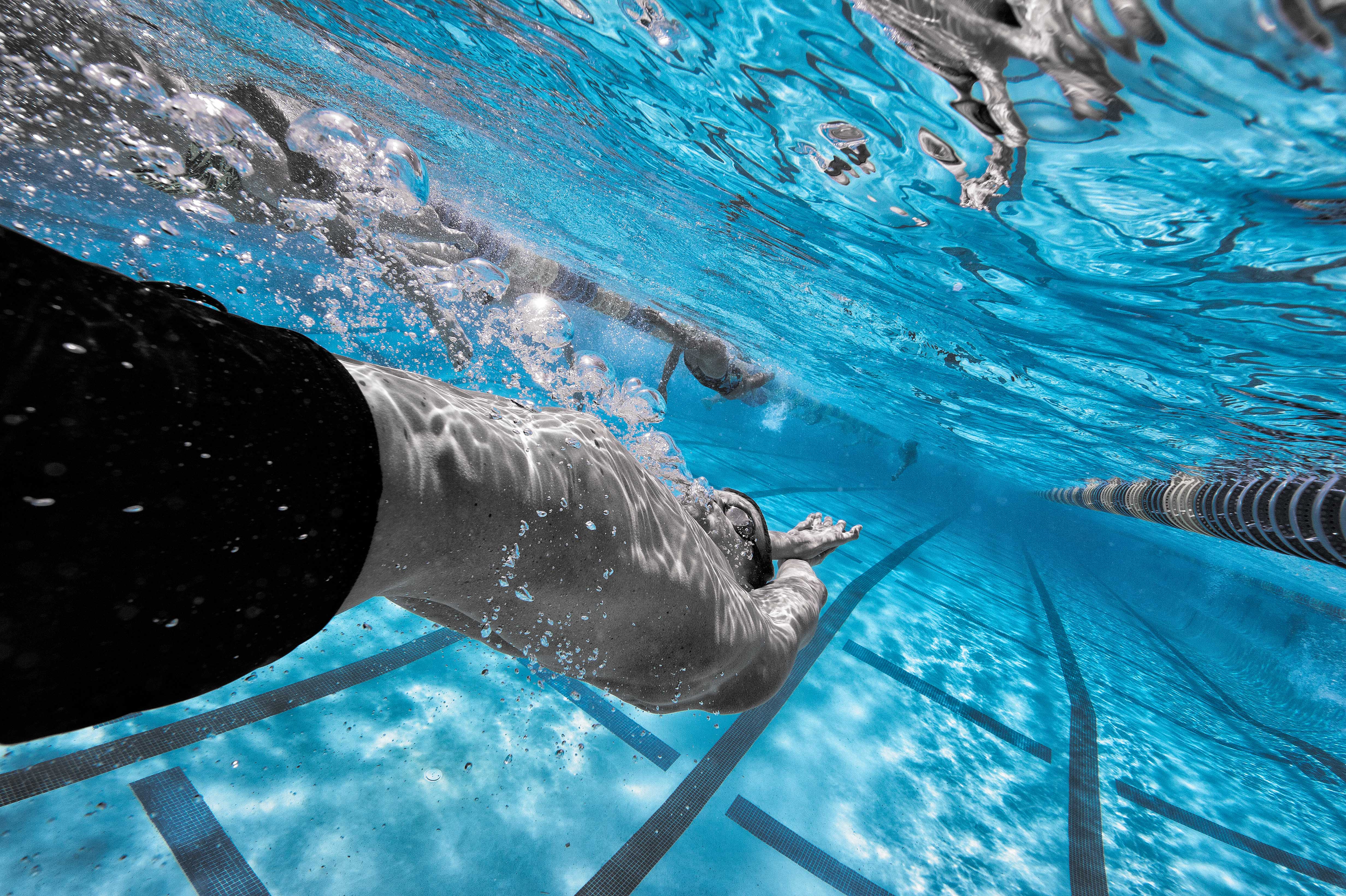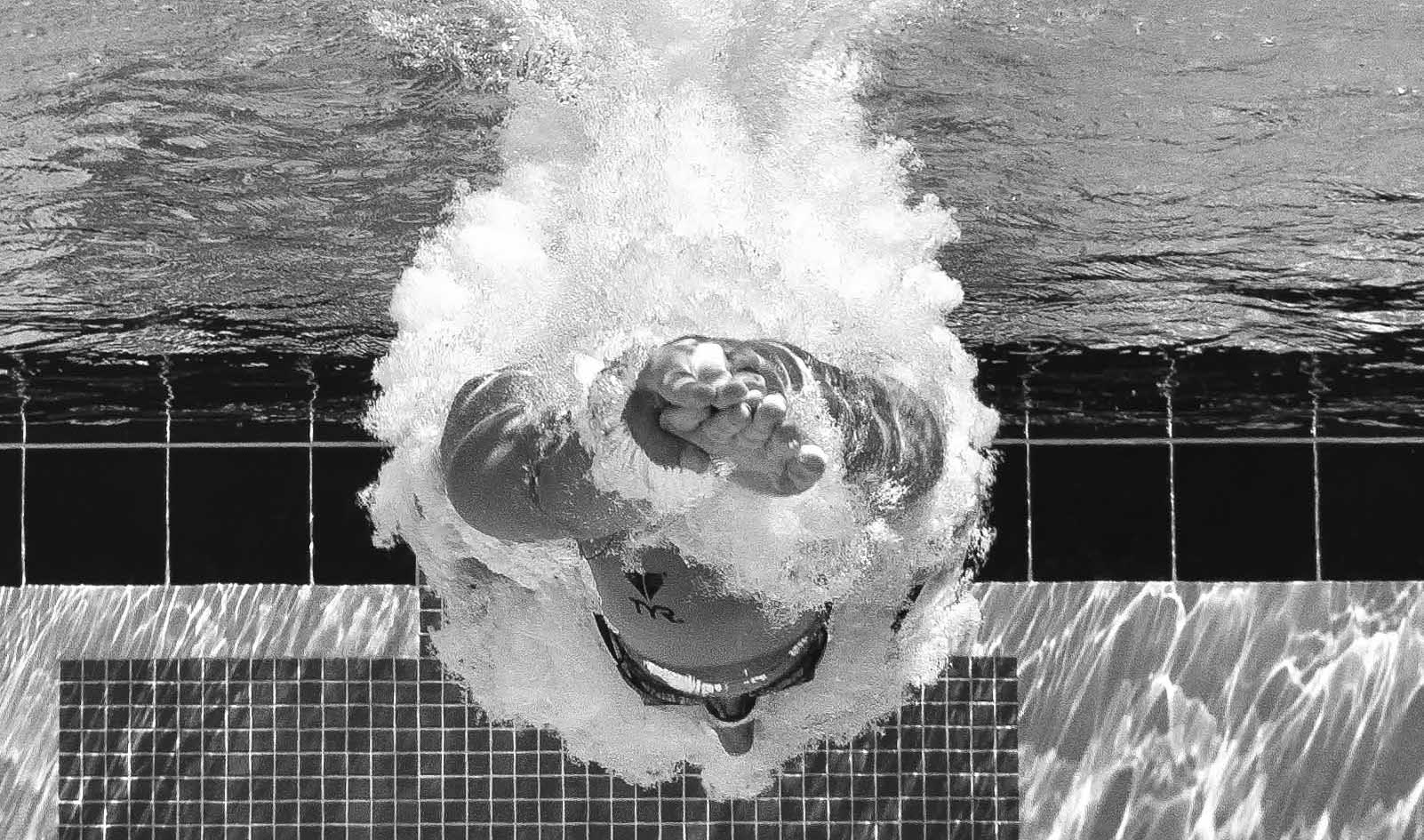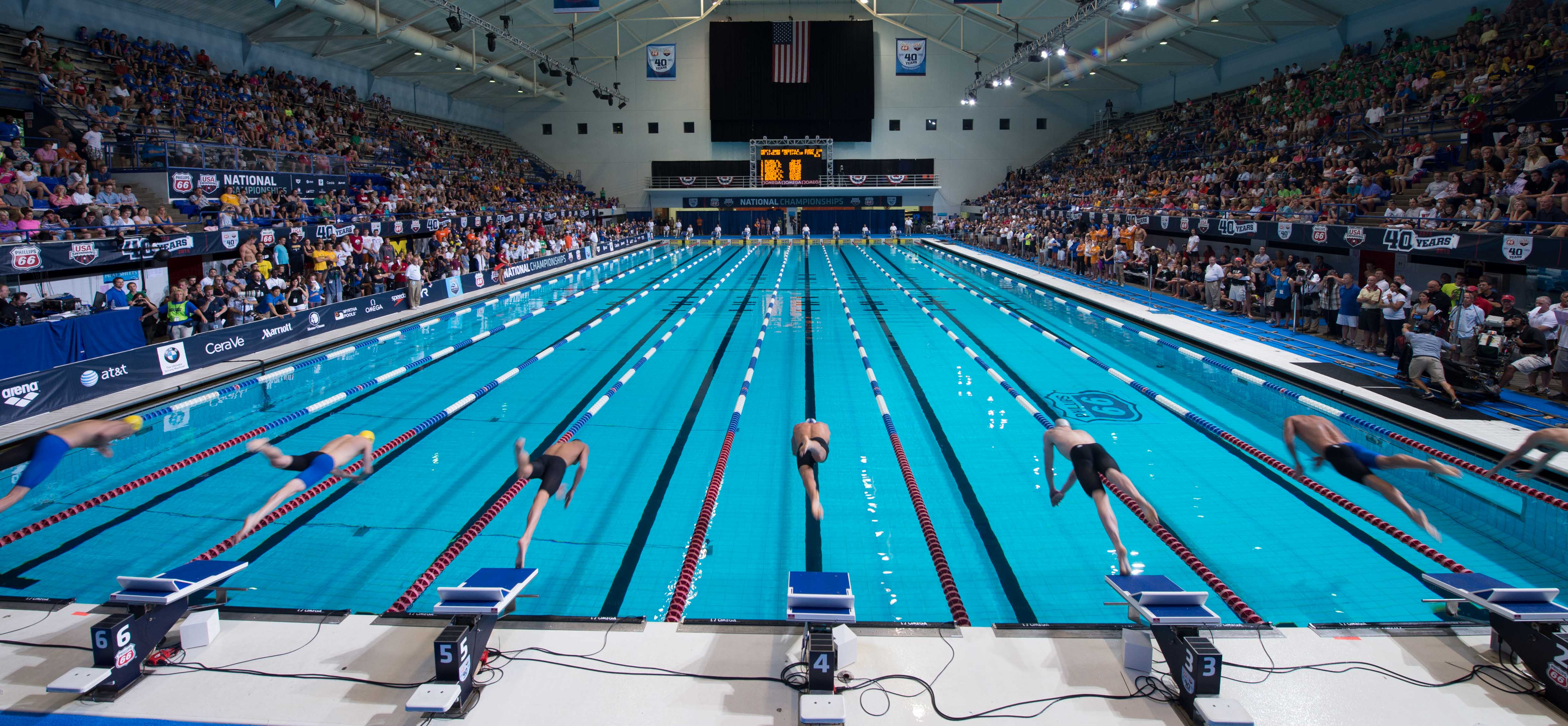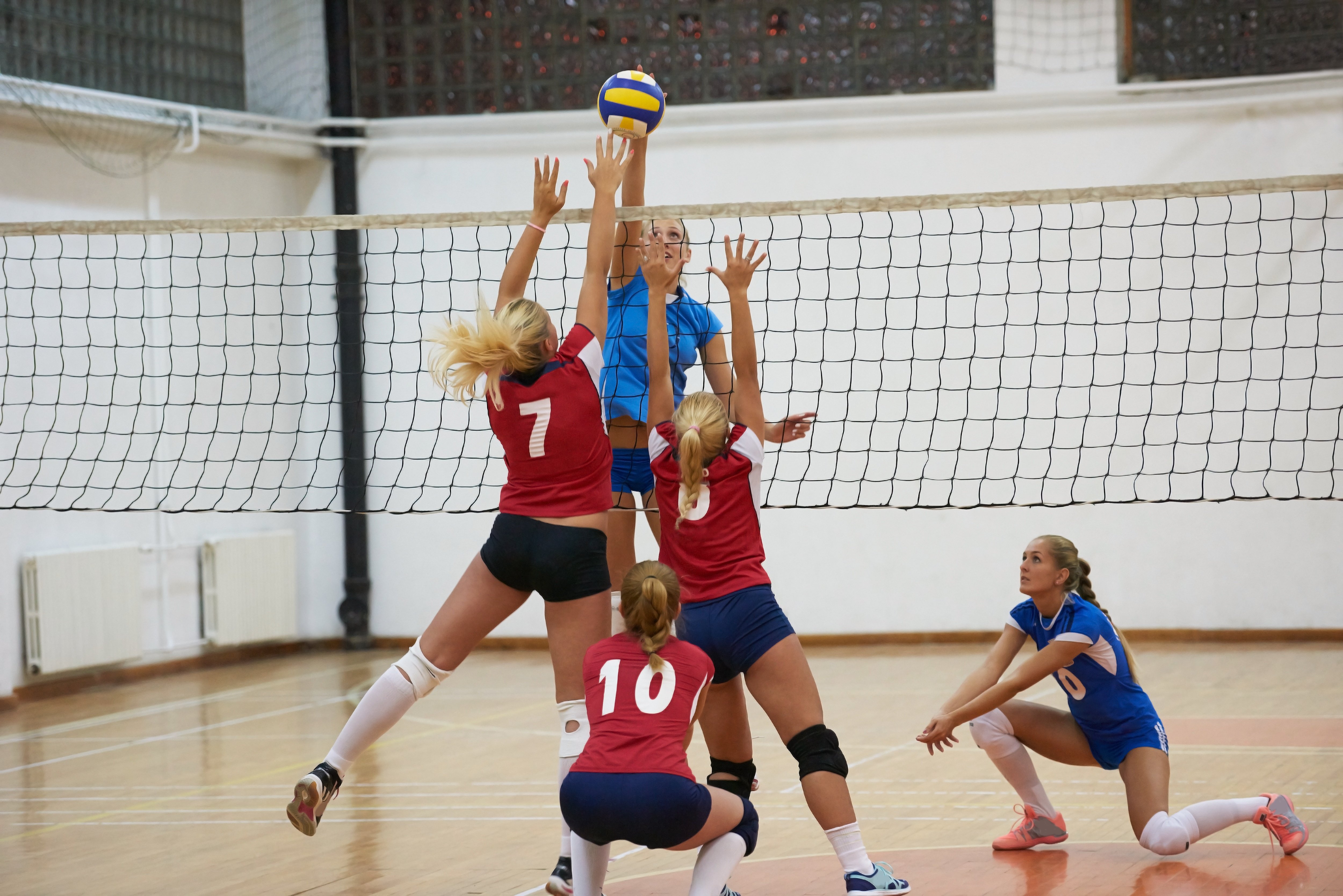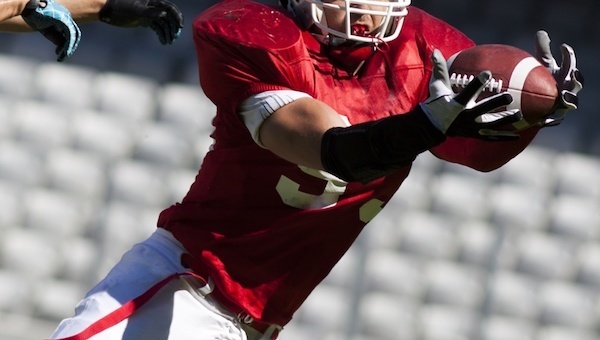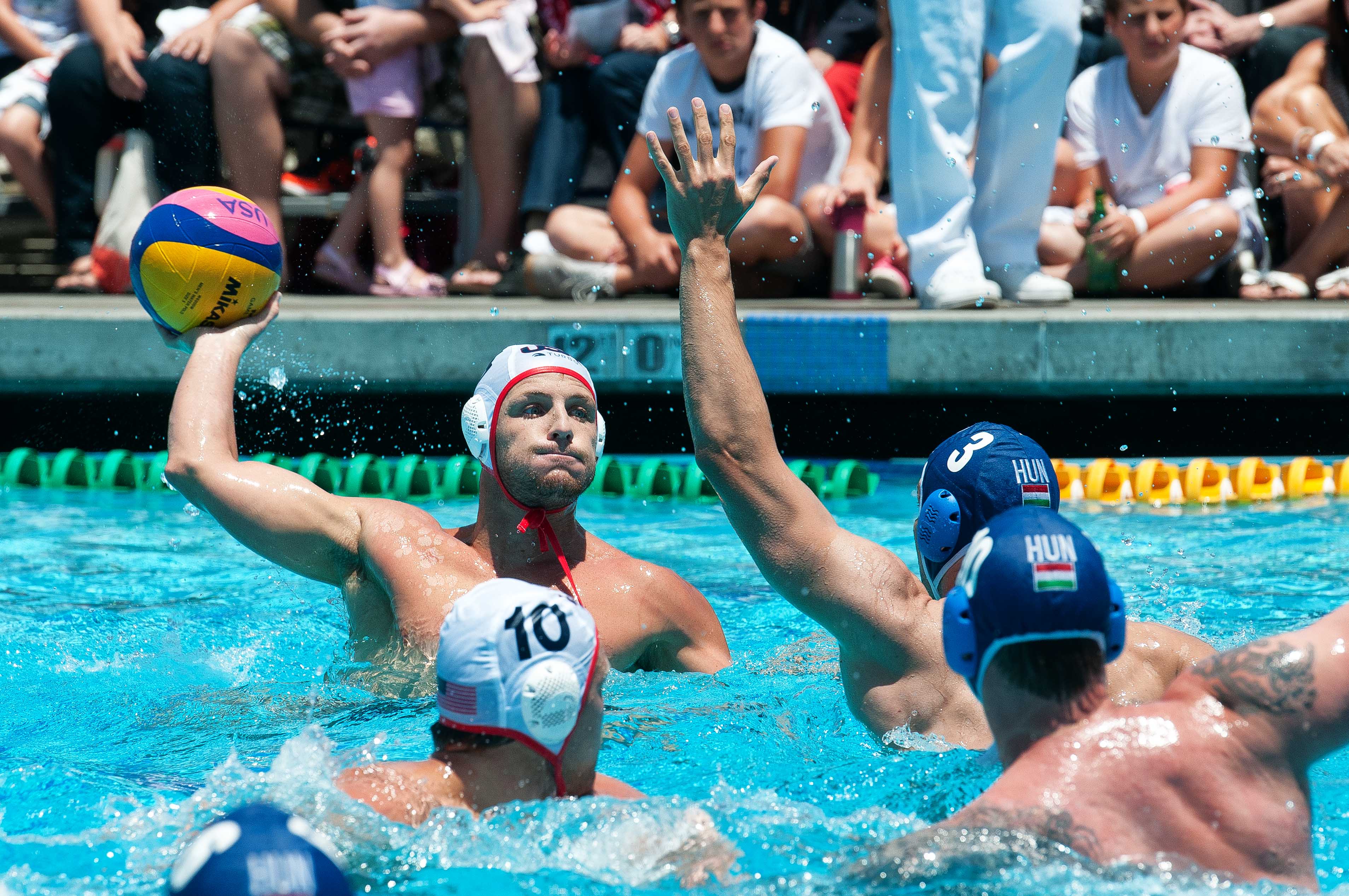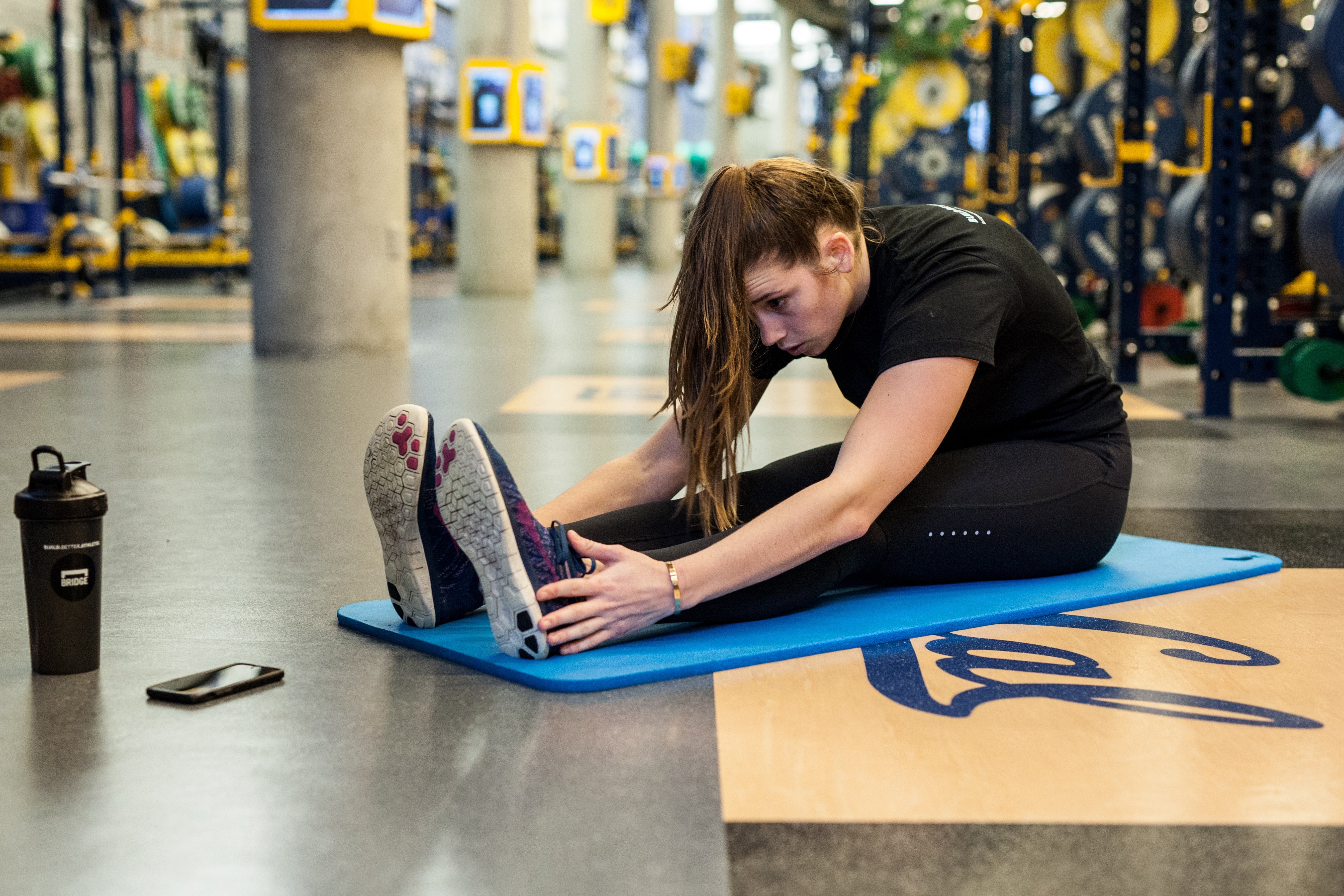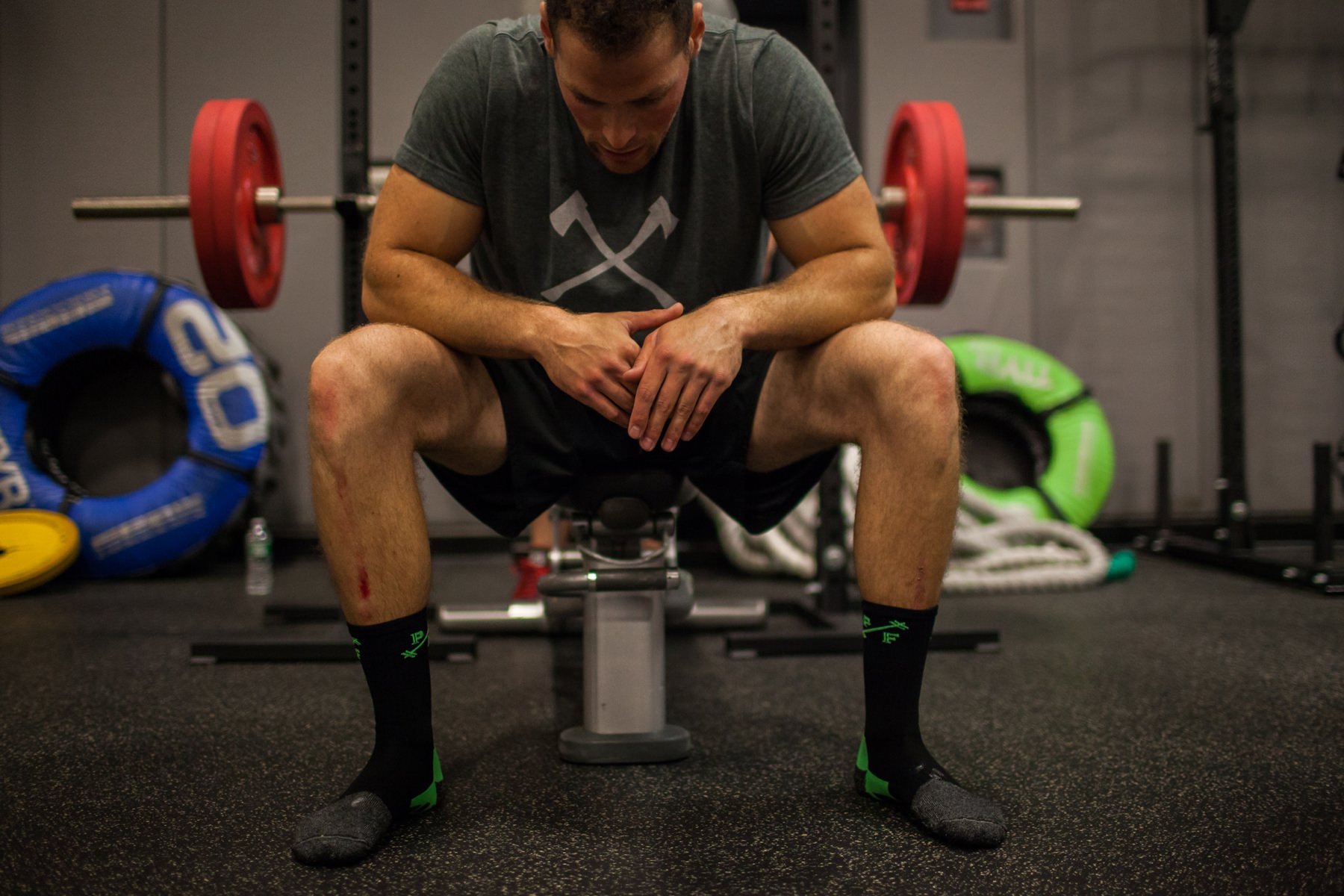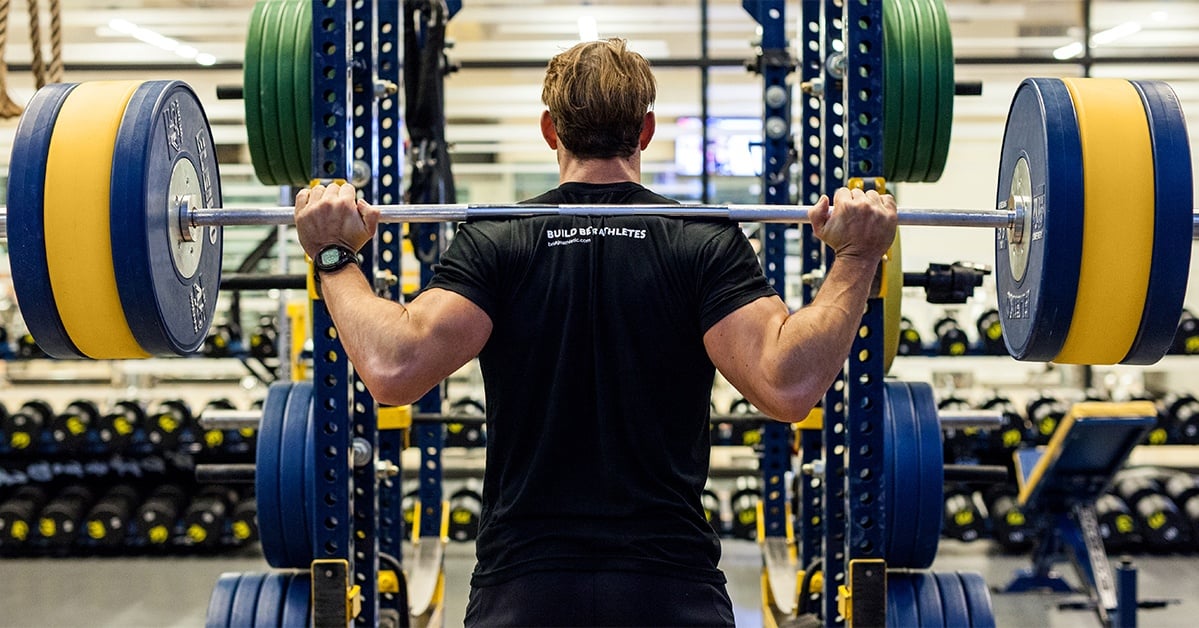A strong core is a requirement for swimmers looking to increase speed and improve technique. In order for swimmers to minimize drag resistance through the water, the core plays a very important role in keeping the body in a stable streamlined position. Further, core muscles that are not well conditioned can lead to technical flaws and stroke inefficiencies, which could make or break a chance at the podium.
Read MoreOftentimes in swimming, it is said that a flip turn will make or break a race. Considered to be a “blind” turn, a swimmer’s head should stay directly in line with their body and not look around at their competition when completing the motion. The goal of a flip turn is to eliminate extra drag and remove any unnecessary body movements to quickly change directions. Swimmers must trust themselves when coming to the wall in order for it to be a successful transition. While a large part of a swimmer’s focus should be on the somersault going into the flip turn, an explosive push off the wall can be the determining factor on out touching opponents.
Read MorePreparing for competition both mentally and physically is essential for the big day. From early morning practices to intense dryland training, swimmers have put in the hard work to get ahead of their competition. During the crucial weeks and days leading up to swim meets, swimmers should properly implement a taper phase in their training to optimize performance on race day.
Read MoreA large factor in achieving success in volleyball is the ability to quickly react to situations on the court and use full-body strength to win points. Whether players are training on the court or in the weight room, increasing player agility, power, and speed will enhance game day performance. Here is a list of volleyball-specific exercises that coaches can implement before or after practices when players do not have access to the weight room.
Read MoreFootball preseason is just around the corner. It’s time for players to start getting into the right mindset to get ready for the first kick off in September. Preparing for preseason marks the start of football season and is a time for players to work through new plays with new teammates and give it their all on the field. It is the first chance an athlete has to make a good impression and will set the bar for the rest of the season.
Read More
Preparing for competition both mentally and physically is essential for the big day. From late night practices to intense strength and conditioning training, water polo teams have put in the hard work to get ahead of their competition. The weeks and days leading up to tournaments are crucial and there are many preparation aspects that go into maximizing player performance come game day.
Read MoreGoing through a complete warm up and cool down before and after competitions and training sessions is a simple way for athletes to maximize their athletic performance. Even though it takes just an extra few minutes, it is easy for athletes to fall into the habit of not warming up or cooling down. Pre and post workout exercises play a crucial role in preparing the body for activity and assisting in full recovery.
Read MoreStrength training causes a series of physical changes to the body and it’s easy to notice external changes like increases in muscle tone and mass; however, it is less obvious to see hormonal responses and changes within the body.
Read MoreStrength training develops motor neuron pathways that enhance an athlete's brain-body coordination during functional movements. The “neural adaptations” athletes undergo in training refer to the brain’s ability to recruit muscles to contract and produce a particular movement. Practicing an exercise with resistance teaches an athlete's brain to fire the correct muscles to achieve the desired motion. Over time, the athlete’s technique for the exercise becomes ingrained and the movement becomes more automatic.
Read More
